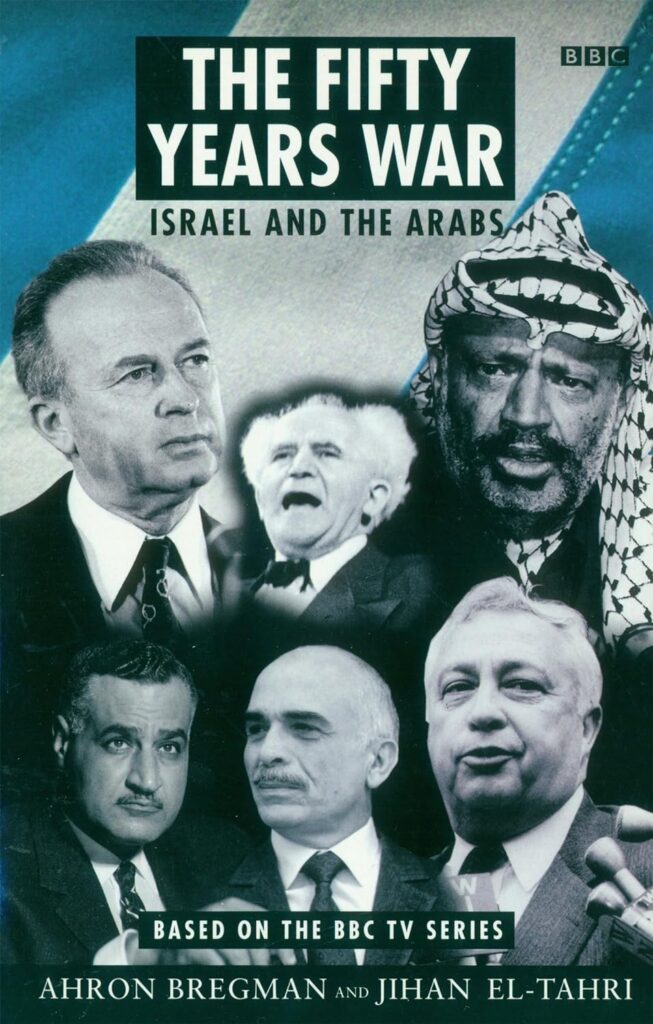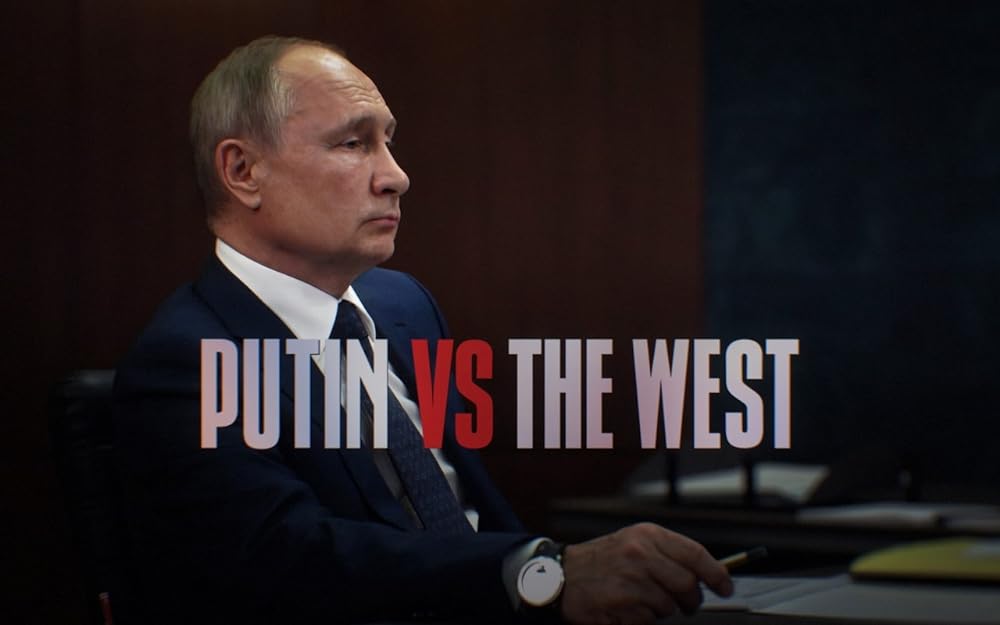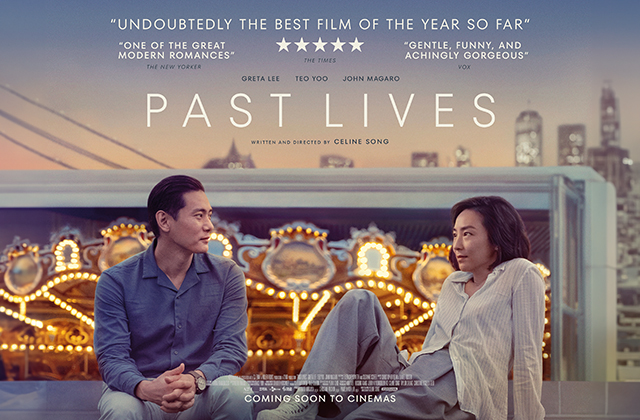When Bob Dylan performed for the third time at the Newport Folk Festival in the Summer of 1965, he was a man on a mission. He’d arrived there in ’63 and had been greeted as a prophet, and had been welcomed there the following year as the second coming.
But over the course of 11 famous months, that is to say in less than a year, he’d decisively moved on and had produced three of the most important albums in modern music, with Bringing It All Back Home, Highway 61 Revisited, and Blonde on Blonde. One of which had produced his first number one hit single, Like a Rolling Stone.
So it’s not as if he’d been hiding what he’d been up to under a bushel. When then he got to Newport in ’65 he was determined to spread the good news. And he and his full band went out on stage and performed 3 songs with every bit as much noise, energy and amplification as they’d done in the studio. But they were unceremoniously booed off stage.
When, eventually, they were able to persuade a shell-shocked and furious Dylan to go back out on stage, he returned to perform another three songs with just his acoustic guitar.
And for the next couple of years, they toured the rest of the US, Australia and eventually Europe in that same way. Dylan would go out with his guitar and perform the first half of his set acoustically, before returning with the rest of the band to blow them all off stage with a raucous electric second half set.
And dutifully, the crowd would politely applaud that first half, their appreciation being tempered by what they knew was coming. And then, once the amps were plugged in, they mechanically booed the rest of their performance.
(By the bye, I will personally sponsor any PhD student who agrees as part of their doctoral thesis to track down as many of the then teenagers who were interviewed in D. A. Pennebaker’s seminal Don’t Look Back documentary, to ask them how they feel about having complained about a concert they went to, knowing exactly what it was they were going to see and hear. And going anyway, with the express purpose of booing the performer off the stage.
I’d be curious to discover precisely how many of them went on into adulthood to unmask the pizzagate “controversy”.)
This battle of wills culminated with the gig Dylan and the band did at Manchester in ‘66, which was later mis-labelled by the bootlegger as having taken place in London’s Albert Hall. It’s this storied set that Cat Power has chosen to reproduce, in a live performance she gave, mischievously, in London’s Albert Hall.
Chan (pronounced Sean) Marshall performs as Cat Power and has had a similarly tempestuous relationship with her audience. Crippled by stage fright, she turned to alcohol and drugs with all the usual dire and tragic consequences.
Many of her albums provide ample evidence for an eclectic musical heritage. 1998’s Moon Pix was recorded with the Dirty Three, Nick Cave’s backing band, 2003’s You Are Free was with Dave Grohl and Pearl Jam’s Eddy Vedder, and 2006’s The Greatest was recorded in Memphis with an array of soul and RnB luminaries.
Nevertheless, Power manages to produce this remarkably distinctive voice and sound. With anyone else, there’d be the constant risk and worry of monotony and repetition. But somehow, all she ever sounds is true.
Nonetheless, I was a little anxious on hearing about this latest album. Why would anyone want to reproduce, almost note for note, a performance as famous as this? And, sure enough, on the first few listens, I have to confess, I was momentarily disappointed.
After all, the angry contempt that those songs were born of, and which were then fuelled so viscerally by the atmosphere that they came to be performed live in, is something that Marshall is literally incapable of. She’s so weighed down by doubt and bouts of self-loathing, that any anger can only ever be directed inward.
And yet, that eventually becomes the album’s strength. Stripped of Dylan’s fury, all you’re left with are the actual songs. It’s as if they were finally allowed breathe.
Dylan has always insisted, to the rest of the world’s bemusement, that he’s principally a musician and only secondarily a writer – though how much of that he really believes is anyone’s guess. Removed from Dylan’s very personal and particular exploration of American roots and 20th century Americana, what you’re left with is a burst of extraordinary lyricism, mind-expanded imagery and an un-fettered, exploding imagination.
And yet, it’s still un-mistakably, and triumphantly a new Cat Power record.
Listen to Cat Power’s She Belongs to Me here:
Watch her perform Like a Rolling Stone here:
Sign up for a subscription right or below, and I shall keep you posted every month, on All the very best and worst in film, television and music!
















